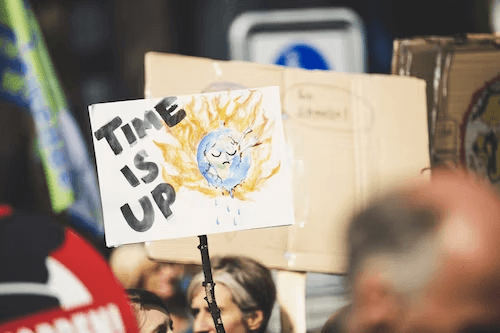After two weeks, the heat wave in Texas has caused thousands of power outages across the entire region. Arizona, New Mexico, Louisiana, Arkansas, Missouri, and Kansas have also felt the effects of the heat dome that has settled over the southwestern United States.

An extreme heat warning has been issued for more than 40 million Americans.
Temperature and humidity levels in Texas cities have reached new heights. Del Rio registered 115 degrees Fahrenheit (46 degrees Celsius), while Rio Grande Village reached 125 degrees Fahrenheit (51 degrees Celsius). The National Weather Service predicts that the blistering heat will continue throughout the week of July 4 over an extensive region of the United States, including much of the southwestern US.

This scorching weather comes after a weekend of devastating storms that knocked out electricity for hundreds of thousands of people. Hot ocean air trapped in what is known as a heat dome has created soring temperatures over Mexico and portions of the southwest US.
In recent days, there have been a noticeable surge in the number of calls made to ambulance services and visits to emergency rooms due to incidents of heat exhaustion. This rise in cases has been particularly observed in areas like Austin, Texas, and Tulsa, Oklahoma. These regions have faced a combination of severe storms followed by scorching triple-digit temperatures, resulting in adverse consequences for the health and well-being of their residents.
Extreme heat has already claimed the lives of several people. In Big Bend National Park, located in southern Texas, a teenage boy from Florida and his stepfather lost their lives while hiking on Friday as the temperatures rose to 119 degrees Fahrenheit. This recorded temperature was the second-highest ever documented in the state. Additionally, a 17-year-old boy succumbed to heat-related fatigue on Wednesday while trekking on a trail in Palo Duro Canyon State Park near Amarillo, Texas.
Thomas Vandenberg, a park ranger stationed at Big Bend, emphasized the severity of the situation, stating, “We are currently experiencing extreme heat.”
On Tuesday, as Texans tried to beat the heat, the demand for power from the state’s independent electrical grid reached 80,144 megawatts. This unofficial peak for June came close to the record of 80,148 megawatts established on July 20 in the previous year.

It takes research to decide whether or not a specific heat wave is related to global warming. However, there is consensus among experts that heat waves are getting more intense, widespread, and protracted. According to the 2018 National Climate Assessment, a comprehensive scientific analysis compiled by 13 government agencies, the annual average number of heat waves in the United States increased to six during the 2010s from two during the 1960s.
The present heat dome is predicted to steadily move north and east during the week, bringing scorching temperatures to different regions of Louisiana, Arkansas, Mississippi, Alabama, Missouri, Tennessee, Georgia, and Florida. In some areas, daytime highs will reach triple digits on the heat index scale, with no relief expected when night falls.

This scenario may persist throughout most of the South through the Fourth of July weekend, with the most significant potential for widespread impact on Wednesday and Thursday.
Randy Price set up shop at his normal position six miles southwest of downtown Mobile, Alabama, where he sells fruits and vegetables every Tuesday despite the extreme heat warning in effect for the city due to a heat index that reached 100 degrees. Customers stood in lines, dripping wet and drenched in sweat, holding wads of ten-dollar bills and soaking handkerchiefs.
Price predicted that the delectable Sugar Baby watermelons would be an irresistible temptation for many. He confidently stated that on a scorching day like Tuesday, he would easily sell 300 watermelons. To endure the heat, he shared his strategy of consuming plenty of liquids, seeking shelter under the tent, and hoping to sell out before the temperature became unbearable.
In addition, researchers have warned that the heat wave is already harming people’s ability to get a good night’s rest. According to the results of research that came out only the month before, persons who live in warmer locations see a reduction in the amount of sleep they get for every degree that the temperature rises.
